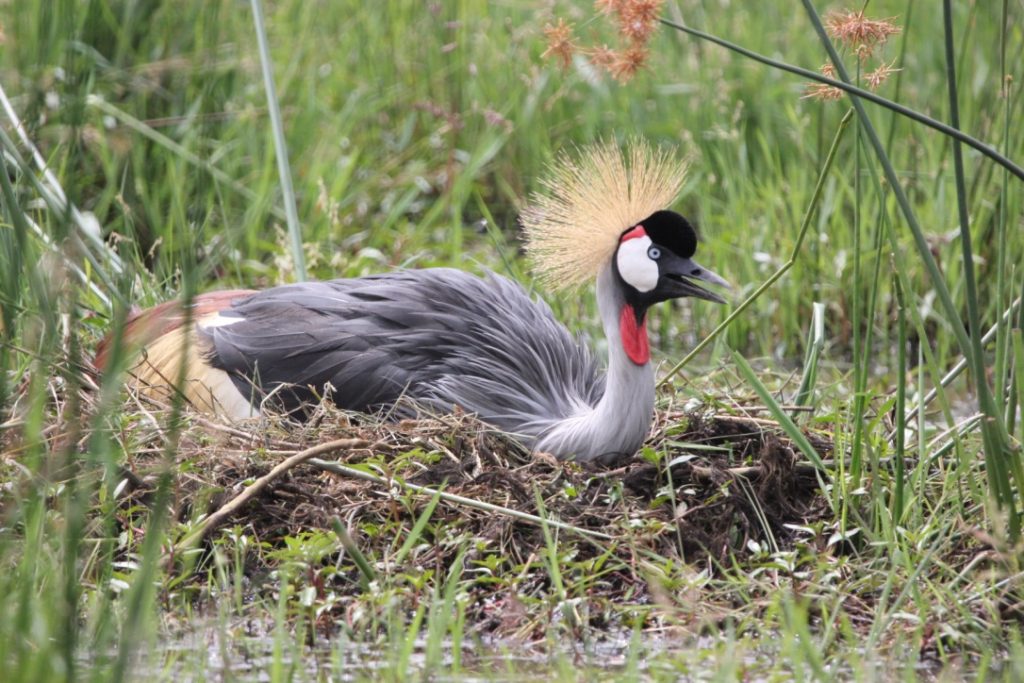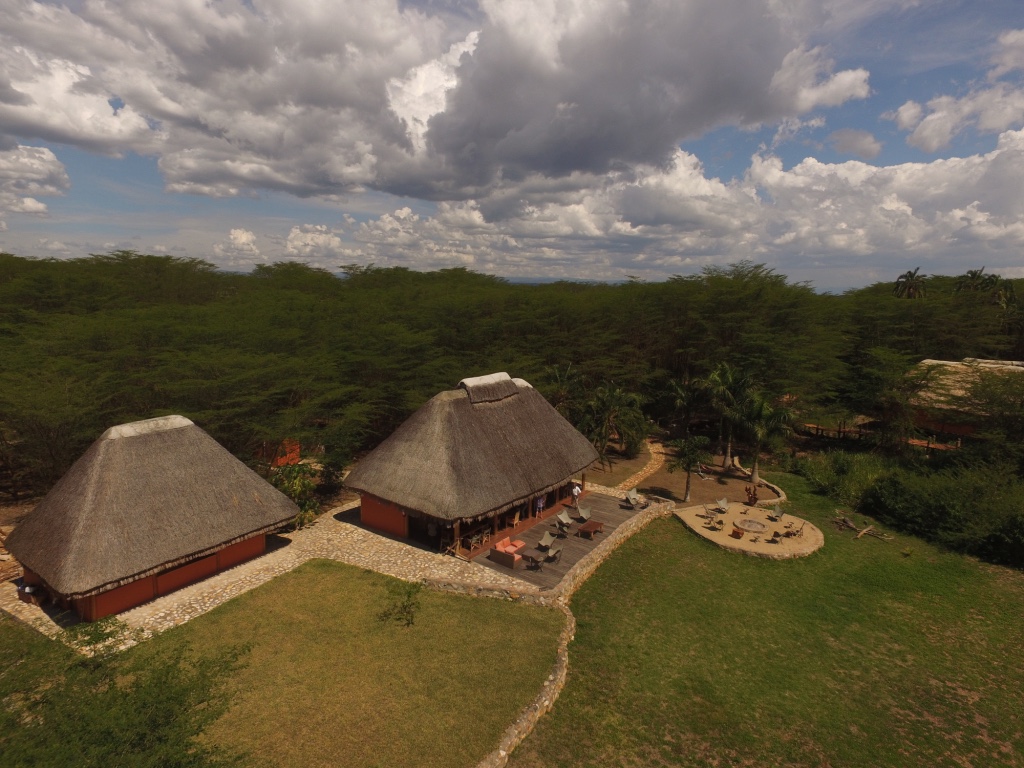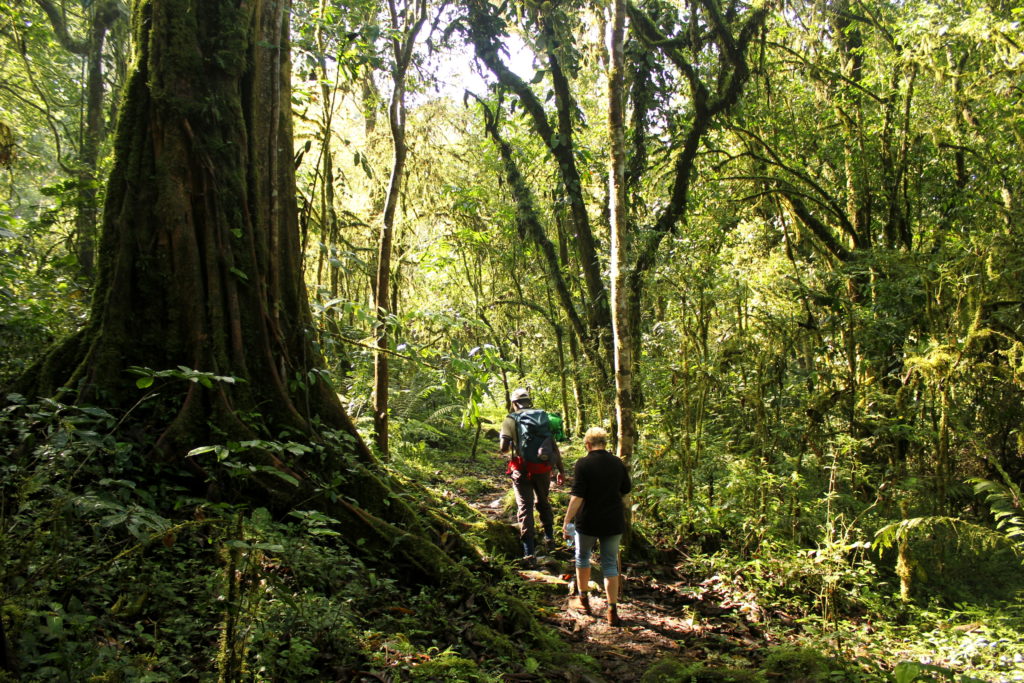Uganda country is a destination of unmatched splendor; the Pearl of Africa! The country is gifted with a great and unique biodiversity that is perfectly distributed within the various ecosystems that punctuate the different landscapes found within it. There’s so much to both see and experience! With gorillas, unique ecosystems, savannah plains, forest cover, great landscape as well as fertile and green lands. Here are some of the commonly asked questions about Uganda.
What are the Gorilla tracking rules and tips?
- You should be free from infectious diseases such as Flu which can be passed to the gorillas since humans share 98% DNA with gorillas. If you are found to carry an infectious disease you will not be allowed to track.
- Every participant has the chance to hire a trekking assistance (porter) who will help carrying the bags and support whenever it is needed. For the trekking assitant an additional fee of US$ 15 is charged. Even those who consider themselves very old and don’t think they are hikers or adventurous can also successfully visit the gorillas. This can be done through hiring personal assistants to carry your daypack also to assist you in difficult areas.
- Do not use flash photography. You are advised to be careful as you take the photos.
- Littering in the forest is not allowed!
- You are required to maintain a distance of 7 metres when you reach the gorillas. In certain instances the young gorillas may come closer to you out of curiosity to touch you. However, you are not expected to respond because the silverback could respond violently as it tries to protect the young one from you.
- Please note the age limit of 15 years and above for gorilla tracking.
- Book your permits well in advance as only 8 permits are issued per gorilla group in a day. There are 21 habituated gorilla groups in Bwindi.
- The maximum time you can spend with the gorillas during the trekking experience is one hour. However, if the gorillas move away, the guide may advise on early completion of the visit.
What is the best time to visit Uganda?
Uganda is a year-round destination for safari travel. Due to the country’s high altitude and nearness to the equator, there’s always a pleasant equatorial climate. The country experience two dry and rainy seasons. The rainy seasons run from March to May and mid-September to November. The dry seasons start from June to mid-September as well as December to February. Although the country can be visited throughout the year, the dry seasons present the best time to travel. During this time, the roads are better to travel through and there are no floods in water areas. Furthermore, the animals tend to concentrate on the water sources making viewing and photography easier and better.
What is the Uganda time zone?
The Uganda time zone is referred to as the East African time. It is is GMT/UTC + 3h Standard Time and does not utilize daylight saving time or clock changes. To know the Uganda time now, visit the time Uganda websites.
What should I carry for my gorilla trekking Uganda safari?
Gorilla trekking clothing is the same for Bwindi Impenetrable National Park, Mgahinga National Park as well as Volcanoes National Park so, the next question to be answered is what to pack for a gorilla trek.
- Bring proper walking boots, long trousers and rain gears as you will be hiking through Bwindi Forest.
- Insect repellant is recommended.
- At least 1-2 liters of drinking water per person during the trekking.
- Hiking boots, gloves, rain jacket.
- Camera and extra batteries.
- sunscreen and a sun hat, since the sun may be hot during the day.
- waterproof bags to protect cameras and other equipment when hiking, just in case it rains.
Which vaccinations and Immunizations are required/ recommended before visiting Uganda?
Different kinds of medication and vaccinations are recommended or required before your visit to the country. Currently, the yellow fever vaccination is mandatory for any one visiting Uganda and it is required that one show it to the authorities upon entering the country.
It is also recommended that you are immunized against Diphtheria, Tetanus and Polio. Optional vaccinations like Hepatitis A, Hepatitis B and Meningitis may also be considered.
It is also important to get a malaria shot so that you are not prone to malaria. In addition, you may also get an insect repellant.
Is tap water safe to drink?
The answer is No! Drinking tap water is not a good idea and is therefore not recommended. However, filtered or bottled drinking water is safe for drinking.
What sort of food should be expected?
There are many places that offer delicious dishes that are both local and international. There are also lodges that offer freshly prepared continental cuisines, with a local taste that presents something unique and exceptional.
Which other activities can one engage in apart from gorilla trekking Uganda?
Gorilla trekking Uganda is the highlight of any Ugandan safari. However, there is a lot more due to the country’s unique biodiversity, ecosystems and landscapes. Within the country, there are 10 National parks and different game reserves as well as rivers and lakes. The National parks include savannah, mountain and forest national parks. In the different parks, you will find phenomenal tree-climbing lions, high troupes of chimpanzees, over 1061 bird species and a plethora of wildlife species, including large herds of mammals and antelopes. Uganda also has over 54 tribes and presents a minefield of cultural and traditional experiences.
Talking of landscapes, the mighty Murchison falls, the source of the River Nile and the Rwenzori mountains among other grandeurs wow you with the best there is in the world. There are lots of moments to have and memories.
Is Uganda safe?
Uganda is safe and one of the most politically stable and hospitable countries in Africa. The country’s official language is English which eases communication between the visitors and the residents around the country. There are also a number of trained and experienced guides that have fluency in different languages which makes your safari both interesting and memorable. The guides travel with you on your safari and ensures that you are satisfied. Within the National Parks, there are also game rangers and guides for guidance and security.
What are the common flights to Uganda?
There are several international airlines that run flights to Uganda. These include: Ethiopian Airlines, Kenya Airways, KLM Royal Dutch Airlines, SN Brussels, South African Airways, Cetraca Aviation Service, Qatar Airways, Precision Air Delta Airlines, Turkish Airlines, Air Burundi, Air Tanzania, Egypt Air, Emirates, Rwanda Air Express, TMK Air Commuter and Sudan Airways. Your preferred flight to Uganda will depend on the cost, duration and other factors like the opportunity of doing different things in several destinations.
How is the Uganda weather?
Uganda weather is great with a climate that comprises of two rainy seasons and dry seasons. The average temperatures range between 20°C and 25 °C (68 °F and 77 °F.) The annual rainfall ranges between 900 and 1,500 millimeters (35 and 60 inches). The country is located along the equator so this together with altitude influence the weather experienced. The altitude of the country ranges between 1,000 to 1,400 meters (3,300 to 4,600 feet) above sea level.
How does one deal with tipping?
Tipping is not compulsory and usually depends on the level of service rendered by the provider and your satisfaction. There is no fixed or standard amount required for tipping. Therefore, any amount given can be greatly appreciated. On average, tips are in the range of: 5-10% in restaurants and hotels. For guides and porters as well as rangers, you can freely give in anything depending on your level of satisfaction. It will be greatly appreciated.
Do the drivers speak English?
Yes!! Since the official language in the country is English, all guides and drivers can explicitly speak English. However, you can also be given another language speaking guide depending on your interests.
Where is Uganda located?
Uganda is located in East Africa within the great lakes region between 1º N and 4º N latitude, and between 30º E and 35º E longitude. The Uganda country is located on the west of Kenya, bordering South Sudan to the North, Democratic Republic of the Congo to the West, Rwanda and Tanzania to the South.
What kind of vehicle will I travel in?
The mode of transport utilized is usually dependent on the number of clients, route taken and/or the specifications of the chosen itinerary. All vehicles are always properly maintained and in good working condition with full registration and licenses appropriately displayed. Most safaris use 4WD minibuses (up to nine passengers) with pop-up tops and seven window seats for game viewing. Small group safaris (three or less) can be executed in 4WD station wagons. There’s also use of 4WD long chassis land cruisers. Group of twelve and more people who would like to travel in one vehicle are offered 25-29 seat coasters that have about 16 window seats. Overland trucks and 14 seater minibuses are available on request. VIP visitors can request luxury 4WD station wagons, 7 seat minibuses and limousines.
All the above are the frequently asked questions about Uganda.





